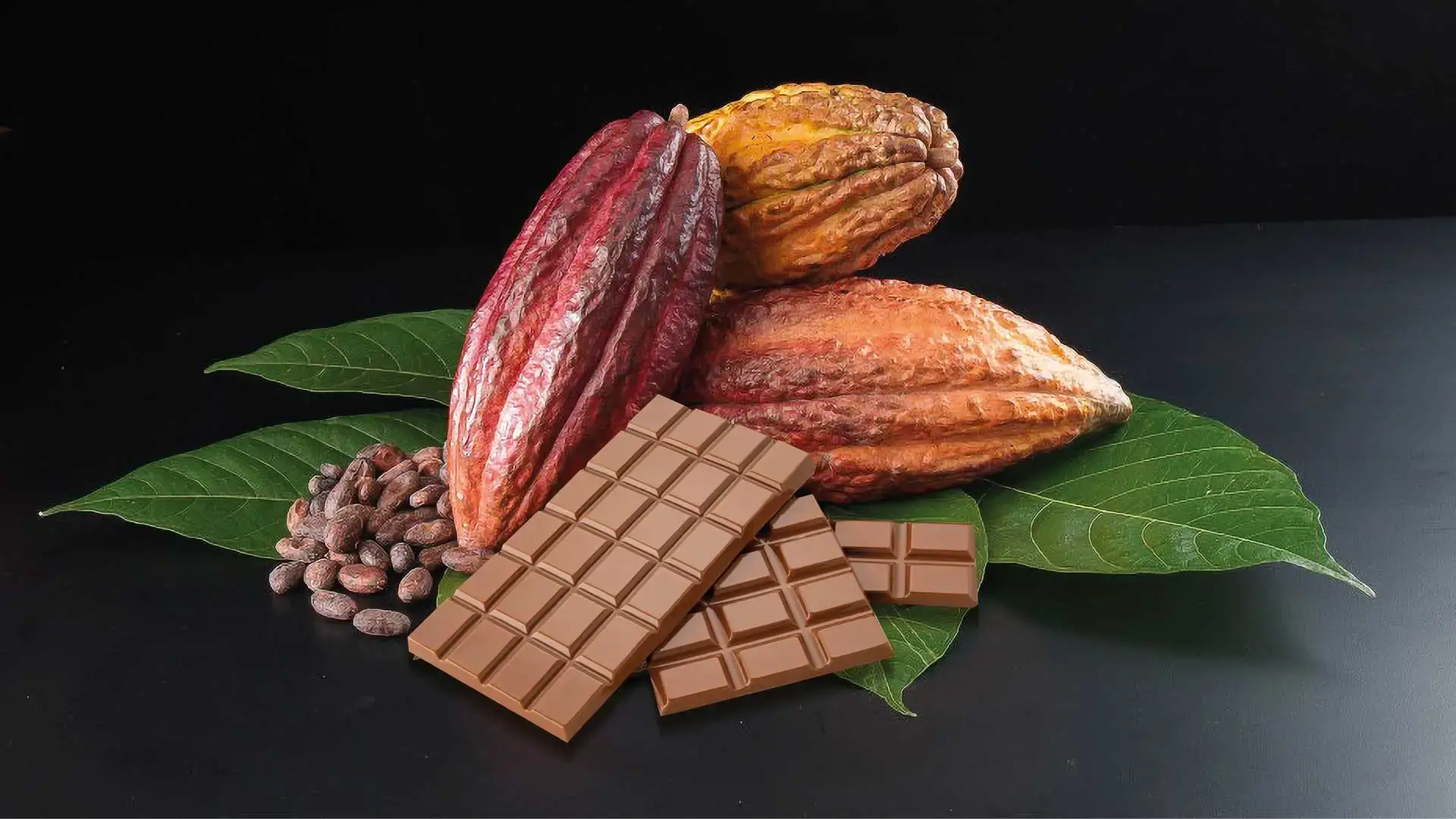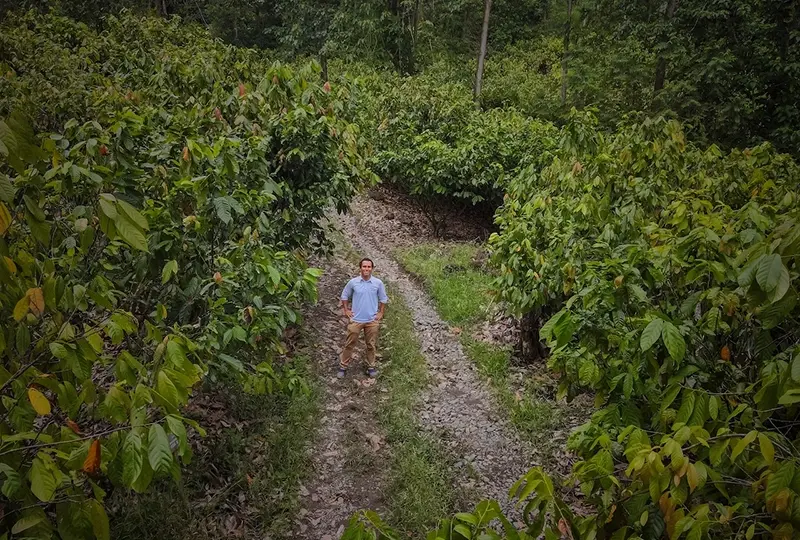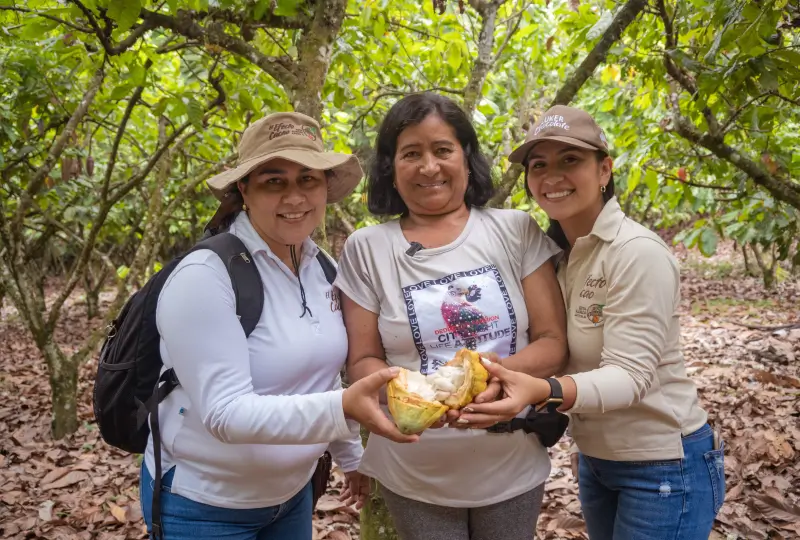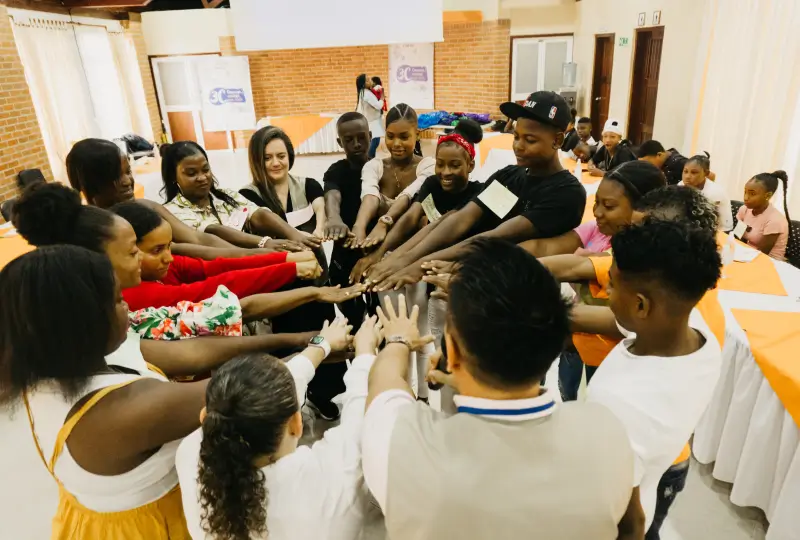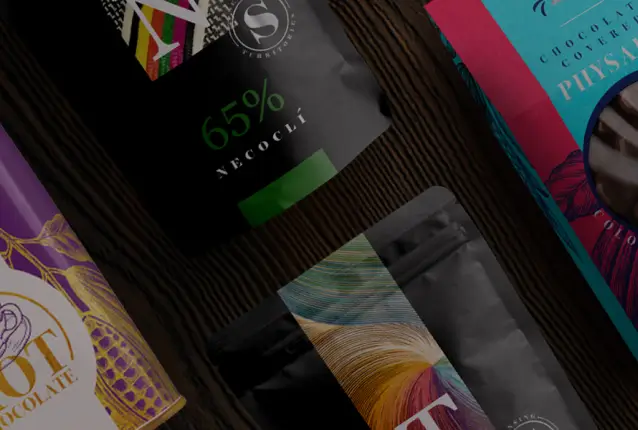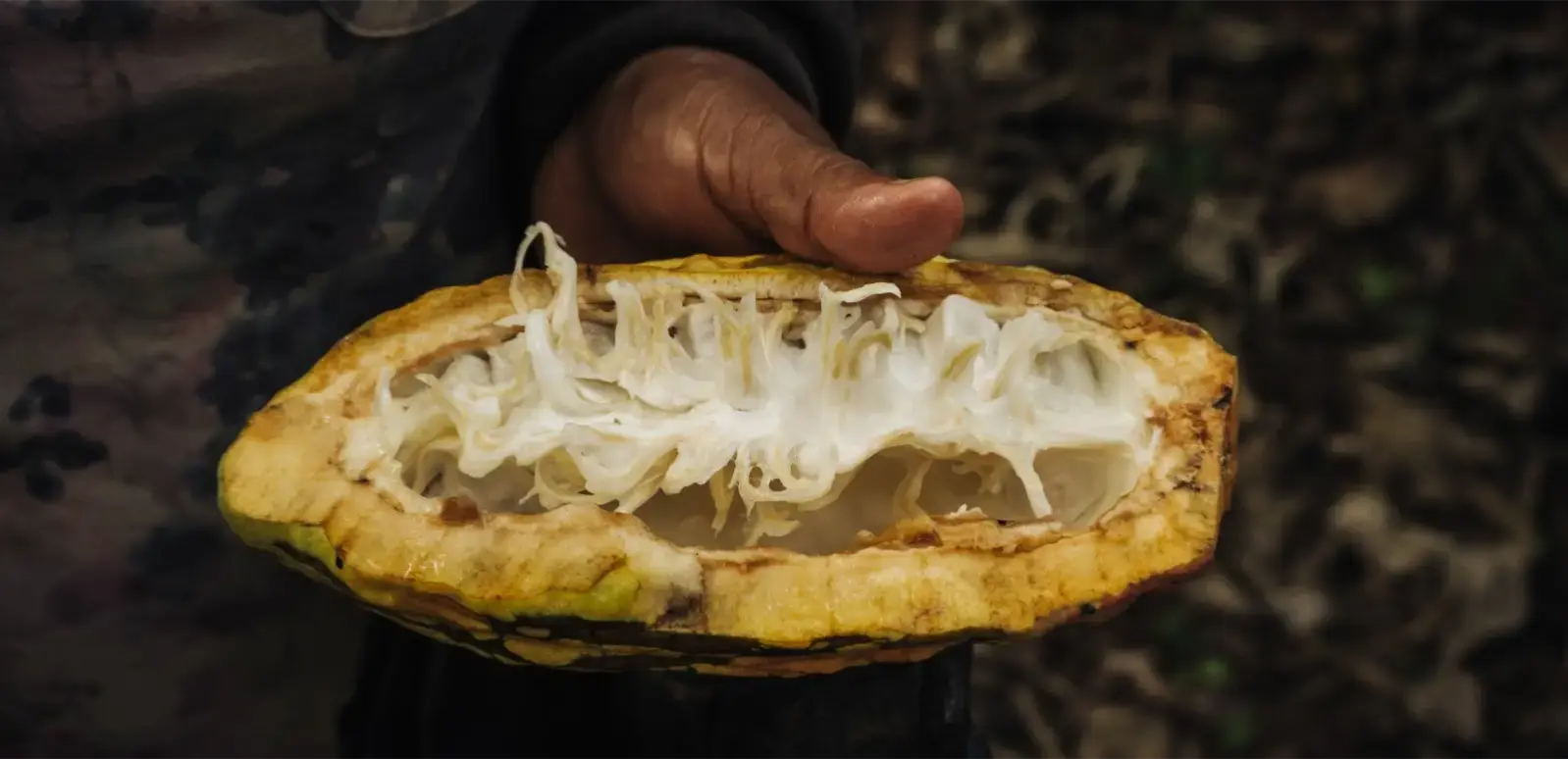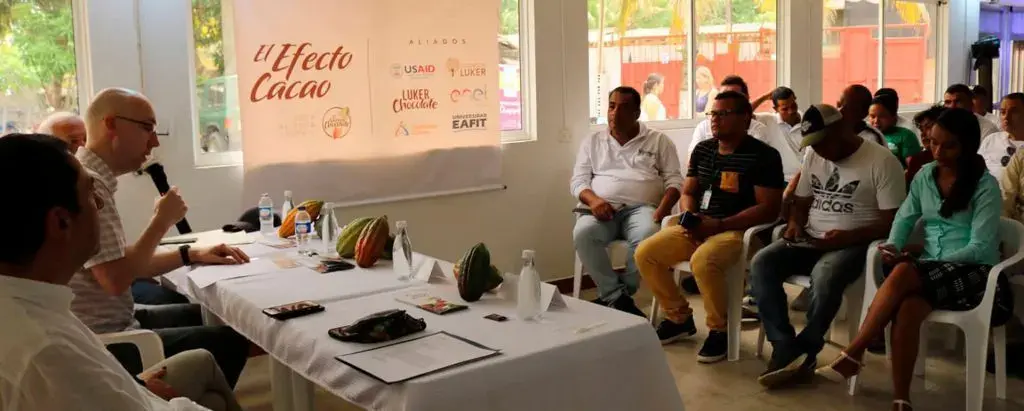By Julia Ocampo COP The Cocoa Effect at Fundación Luker
Enhancing the countryside and boosting Colombia’s cocoa-growing communities is the driving force behind El Efecto Cacao, an alliance between Luker Chocolate, Luker Foundation, USAID Colombia, Enel-Emgesa, Fundación Saldarriaga Concha and Universidad EAFIT, which works for the rural and inclusive development of cocoa-growing communities in Bajo Cauca, Urabá and South Centre of Huila.

To make El Efecto Cacao a reality, the private and public sectors need to work hand in hand. The private sector has a long-term vision, greater stability in policies and strategies, capacity to generate value through the market, contacts with international volunteers, and, in our case, Luker Chocolate is inherently interested in cocoa producers, their families and their communities.
Through its Global Development Alliances (GDA) model, the U.S. Agency for International Development (USAID) provides effective assistance to developing countries through public-private partnerships. To execute this model, the country must demonstrate that it has private companies with the capacity to invest resources in community purposes, connecting solutions with economic activities that produce shared value. This is where all the actors in this alliance play a fundamental role.
Luker Chocolate and the Luker Foundation sought resources from USAID to contribute to The Chocolate Dream, a long-term vision for leading social and economic development in cocoa-producing regions. The Luker Foundation also provides a crosscutting focus on education and entrepreneurship. The initiative was backed by Universidad EAFIT with its experience in improving productive associations to generate development in rural territories; Fundación Saldarriaga Concha with the Universidad del Norte and its “ReHaSer” Program, which seeks to generate resilience skills in the most marginalized territories of the country; and Enel-Emgesa, which develops social and environmental projects in the area of influence of the Quimbo Dam.
BUT HOW DOES EL EFECTO CACAO WORK?
The focus of the agreement is on small-scale cocoa producers who while benefiting from a social and economic impact also bring stability to their family and community. We support small-scale cocoa producers, but with no sense of paternalism. The first commitment comes from the producers themselves who have to invest resources in their farms and implement all the necessary improvement practices. The total investment is 35 million dollars, donated by all the actors that are part of this alliance. The funds will be executed in the next 5 years, which is how long the project will run.
Luker Chocolate offers its business crops in Urabá and Huila as a model of inclusive rural development for producers to receive technical support, appropriate better technologies, and take advantage of distribution channels.
The agreement provides all the tools that, from our experience with the cocoa-growing communities, we know are useful: training; agricultural extension; renovation pruning; transitory shade seeds; soil analysis; fertilizers; administrative, technical and commercial advice for the associations; support in entrepreneurship, formal education for children, youth and adults; psychological support; and, finally, institutional relationship to manage other sources of support according to the specific needs of the beneficiary population.
WHERE ARE WE GOING?
Our goal is to increase the productivity of 1340 hectares of cocoa, strengthen 17 cocoa associations, accompany 20 entrepreneurial initiatives, and strengthen the academic and social-emotional skills of 1561 people.

We are convinced that this type of public-private partnership is a clear example of the scope of good cooperation practices and the great results that can be achieved when working hand in hand. Without doubt, El Efecto Cacao will change the lives of many families and serve as an example of rural development for the world.
We invite you to keep an eye on the project’s advances. Don’t forget to leave your comments below.
